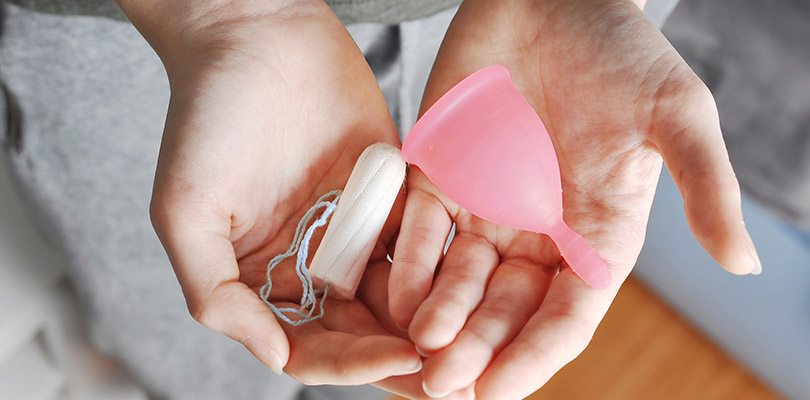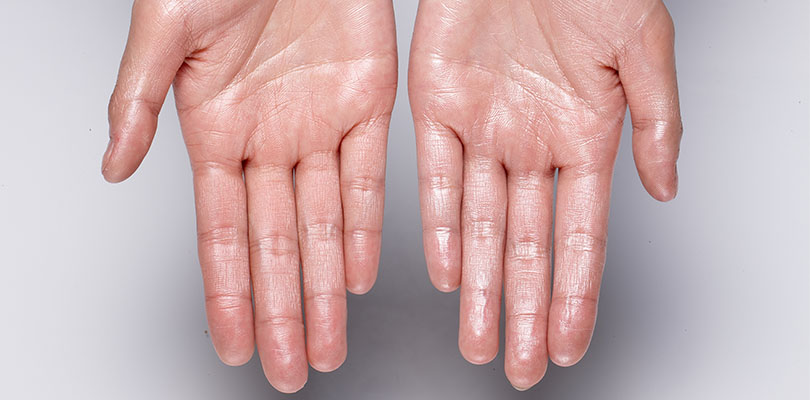
Photo Credit: areeya_ann / iStockPhoto.com
Hormonal Methods
For women, there are many devices and medications that adjust the fine hormonal balance within the body to prevent the monthly release of an egg, interfere with implantation, or stop the sperm from reaching the cervix. These are systemic treatments, and though they are generally more invasive than barrier methods of contraception, they do bring some clear advantages for some women.
Birth Control Pills
A classic choice for hormonal contraception, the birth control pill has been a hit since it was introduced in the 1960s. There are two main types of oral contraception: the combination pill (which uses estrogen and progestin) and the hormonal pill (also known as the “mini pill”, and works only with progestin). Each type is taken daily.
Pros:
- Free from many health clinics, but can cost up to $50 a month
- No need to insert or remove anything
- Can reduce the severity of period symptoms, plus make periods lighter and more regular
Cons:
- If you don’t take it at the same time every day, the effectiveness can decrease quite a bit
- Can cause some weight gain and possibly some emotional side effects
- Does not protect against STDs
Implant
Another option if you can’t be bothered tracking days, or you have a tendency to forget to take pills. A contraceptive implant (sold under the brands names Implanon and Nexplanon) is a tiny plastic rod inserted under your skin that releases the hormone progestin to thicken cervical mucus and interrupt ovulation.
Pros:
- One of the most effective birth control options out there — 99 percent effective, to be precise
- Lasts up to three years
- Virtually no-maintenance
Cons:
- Expensive (depending on your health coverage, can cost up to $800 to insert, and $300 to remove)
- Disrupts periods
- Can cause side effects like acne, weight gain, and breast tenderness
- Does not protect against STDs
Patch
The contraceptive patch works somewhat like an implant, but it sits on top of your skin rather than under the surface.
It releases estrogen and progestin into your skin, which prevent ovulation and thicken your cervical mucus to deter sperm. You wear the patch for three weeks each month, changing it each week.
Pros:
- Non-intrusive, and easy to handle
- Is covered by many health plans (in other cases, can cost up to $50 a month)
- Very few side effects
Cons:
- Some women experience nausea and headaches
- Slightly less effective (92 percent) than other hormonal contraception
- Does not protect against STDs
IUD
An intrauterine device (IUD) is a T-shaped piece of plastic (or sometimes copper) that is placed in the uterus to prevent a fertilized egg from implanting. This is a very effective method for preventing pregnancy, with fewer than 8 in 1000 women becoming pregnant while using an IUD.
Pros:
- Can be left in place for up to 10 years
- Some brands can lighten periods and ease period cramps
- High degree of success with no maintenance
Cons:
- Can cost up to $800, depending on your health insurance plan
- Could slip out
- Some women experience random spotting, and worse PMS symptoms
- Does not protect against STDs
Vaginal Ring
Small, simple, and medicinal, the vaginal ring is a cross between a hormonal treatment and a cervical device. The thin, flexible plastic ring is inserted into the vagina, where it remains for three weeks to release hormones that interfere with ovulation and thicken cervical mucus. You remove it for the week of your period, and begin the next month with a new ring.
Pros:
- Low maintenance
- Lighter periods and less PMS
- 92 percent effective
Cons:
- Can cause breast tenderness and headaches
- Generally costs between $30 and $50 a month
- Does not protect against STDs
Since hormones are responsible for all sorts of interactions and processes in the body, a bigger dose can affect you in a number of ways that are difficult to predict. Some women find their energy and mood suffer, while others are delighted at the improvement in their cycle and menstrual symptoms.
Hormonal methods can also interact with other medications, so be sure to work with your doctor to pin down the brands or methods that will be most promising for you.
Resources
Healthline (Which birth Control is Right for You?)Options for Sexual Health (Birth Control Options)Read our advice on how to clean and keep your intimate area healthy, with tips on how to keep a healthy feminine hygiene routine.






